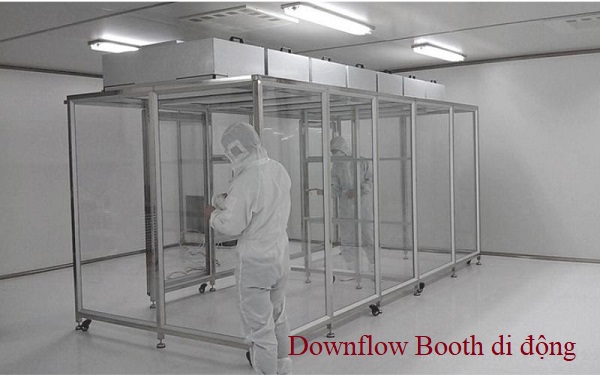A pharmaceutical cleanroom is a controlled environment designed to minimize contamination by airborne particles, microbes, and chemical vapors. Every aspect of the room—including temperature, humidity, air pressure, and particle count—is strictly regulated to meet pharmaceutical production standards. Different areas within a pharmaceutical manufacturing facility may require different cleanroom classifications, depending on the type of product being produced.
Pharmaceutical products are generally classified into three main categories:
Injectable Drugs – Products that are introduced directly into the body via injection.
Topical Medications – Substances applied externally to the human body.
Oral Medications – Products taken by mouth and absorbed through the digestive system.

Pharmaceutical cleanrooms must comply with GMP (Good Manufacturing Practice) standards. These standards ensure the safety, quality, and efficacy of pharmaceutical products. Common GMP standards include:
WHO GMP Standards
EU GMP Standards
PIC/S GMP Guidelines
Each of these frameworks defines specific environmental control requirements and validation procedures for cleanroom facilities.
The primary goals in the design of a pharmaceutical cleanroom include:
Creating a controlled barrier between the cleanroom and external environment.
Eliminating or diluting contaminants generated during the manufacturing process.
Minimizing contamination from personnel working inside the cleanroom.
Preventing product-related risks.
Controlling cross-contamination between different product batches.
Protecting personnel from hazardous materials.
Managing material flow efficiently through layout and workflow design.
Regulating personnel movement through smart room interconnection and layout.
Enhancing security via controlled access for people and materials.
Providing a comfortable working environment for staff.
Meeting special environmental needs, such as low humidity for powder filling.
Organizing space and equipment for cost-efficiency and ease of maintenance.
Ensuring continuous environmental monitoring and compliance.


HEPA filters play a critical role in contamination control, removing particles as small as 0.3 microns. Continuous airflow through HEPA filters ensures clean air circulation and reduces airborne pollutants.
Ventilation systems maintain indoor air quality and remove process exhaust. These systems are energy-intensive and may require additional space for chillers, silencers, backup generators, and large intake/exhaust ducts.
Pharmaceutical cleanrooms maintain positive air pressure to prevent outside air infiltration. Airlocks (pressure-controlled entry points) help maintain pressure stability and reduce contamination risks.
Consistent temperature ensures stability for materials and equipment. Humidity control prevents corrosion, condensation, and static electricity—critical factors for both product integrity and worker comfort.
To maintain clean airflow, rooms should have minimal obstructions. Poor airflow can lead to turbulence, which increases particle movement and contamination risk.
Real-time monitoring of parameters such as particle count, airflow, humidity, and temperature is essential to maintain proper cleanroom conditions.
Moving air and personnel can generate static electricity. ESD-safe materials and grounding solutions should be used to prevent damage and contamination.
Inadequate lighting can hinder cleaning effectiveness and reading of equipment screens. Cleanroom lighting should be uniform, bright, and shadow-free.
Design cleanrooms with flexibility to accommodate future expansion, process changes, or new equipment requirements.
Surfaces should be non-shedding, smooth, and compatible with cleaning agents to avoid particle contamination and degradation.
Depending on process requirements, decontamination showers and cleanroom laundry systems may be necessary—requiring plumbing and hazardous waste management systems.
If hazardous substances are used, additional measures such as negative air pressure zones, specialized exhaust systems, and designated entry/exit points must be implemented for safety.

BACH LONG TRADING SERVICE MANUFACTURING CO., LTD
📍 Address: 75 Nguyen Hong Street, Ward 1, Go Vap District, Ho Chi Minh City, Vietnam
📞 Hotline: 093 143 54 54
📧 Email: sales@congnghelockhi.vn
🌐 Website: www.congnghelockhi.vn | www.congnghelockhi.com